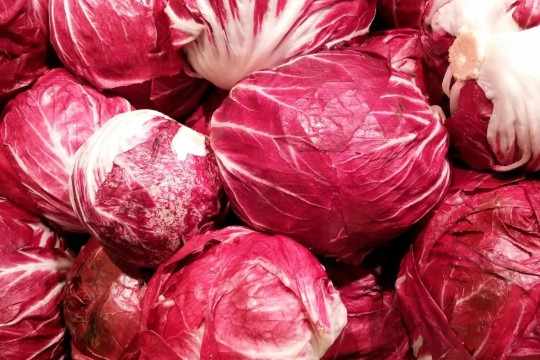In today’s health-conscious world, the demand for natural food colors is steadily rising as consumers shift away from synthetic additives and towards cleaner, more transparent food products. Natural colors derived from plants, fruits, and vegetables not only enhance the visual appeal of foods but also contribute to their nutritional value. Unlike artificial colorants, which can sometimes cause allergic reactions or other health concerns, natural food colors are derived from sources that are safe, sustainable, and rich in antioxidants. From turmeric and beetroot to spirulina and elderberries, these pigments bring life to food while aligning with the modern desire for authenticity and wellness.
Among the wide array of natural colorants available, elderberry color stands out for its striking beauty and impressive health benefits. Elderberries, small dark-purple fruits of the Sambucus plant, have been used for centuries in traditional medicine. Their deep purple-red hue comes from anthocyanins—natural pigments that not only deliver rich color but also act as powerful antioxidants. In the food industry, elderberry extract is used to provide shades ranging from pink to deep violet in beverages, confectionery, dairy, and baked goods. This versatility makes it an ideal choice for manufacturers seeking both aesthetic and nutritional enhancement in their products.

What makes elderberry color so appealing is its dual role as both a functional and decorative ingredient. Beyond its coloring capabilities, elderberry extract supports immune health, thanks to its high vitamin C and polyphenol content. This combination has made it particularly popular in health drinks, gummies, and functional foods designed to boost immunity and overall vitality. The growing trend of “food as medicine” has further increased the use of natural colors that contribute more than just visual appeal—elderberry color, with its antioxidant properties, perfectly fits this category.
For food and beverage manufacturers, switching to natural food colors like elderberry offers numerous advantages. Today’s consumers are increasingly label-conscious, preferring ingredients they can recognize and trust. Using plant-based colorants allows companies to market products as “clean label” or “free from artificial additives,” enhancing brand credibility and consumer trust. Additionally, natural colors support sustainability goals, as they can be derived from renewable sources and are biodegradable—an important consideration for eco-conscious brands. The food industry is quickly realizing that color plays not just a visual but also a psychological role in consumer perception, and natural pigments enhance that connection with nature and health.
However, working with natural colors like elderberry does come with some challenges. Natural pigments can be sensitive to heat, pH, and light, which may cause color fading during processing or storage. Food scientists are continually developing innovative stabilization techniques, such as encapsulation or blending with other plant extracts, to preserve the vibrancy and stability of these natural hues. Despite these challenges, the benefits far outweigh the drawbacks, and ongoing research continues to expand the applications of elderberry color across industries, from food and beverage to cosmetics and nutraceuticals.
In conclusion, the move toward natural food colors represents more than just a trend—it signifies a fundamental change in how we perceive and produce food. Elderberry color exemplifies the perfect harmony between beauty and wellness, offering manufacturers a natural, health-boosting alternative to synthetic dyes. As consumers continue to prioritize transparency, sustainability, and wellness, elderberry and other plant-based colorants will play a leading role in shaping the future of food. With its rich color, natural origin, and proven benefits, elderberry color isn’t just a pigment—it’s a symbol of a healthier, more vibrant world on every plate.


Write a comment ...